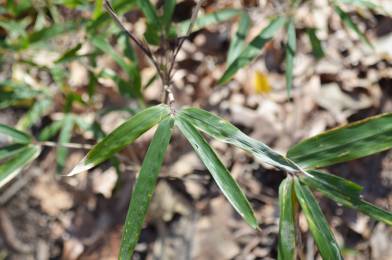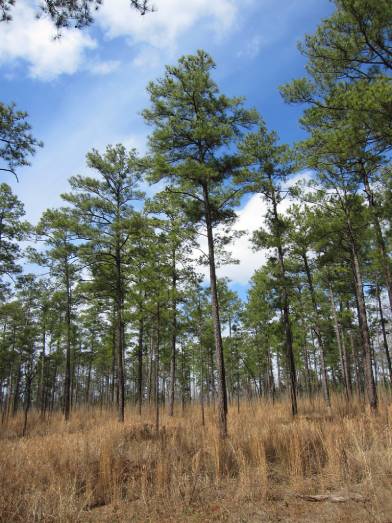
Congaree Creek Nature Hike
South Carolina Department of Natural Resources
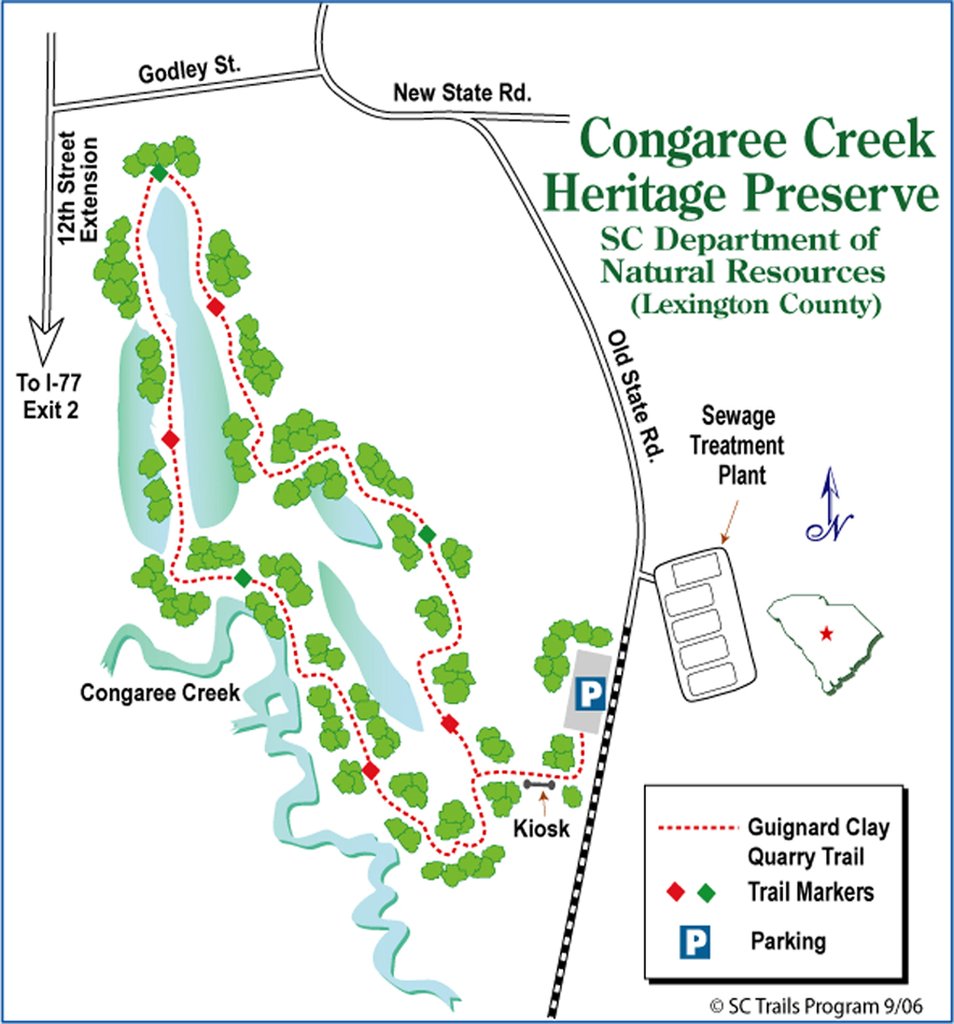
About the Preserve
- 627-Acre Park with over 12,000 years of history
- 3 mile hiking trail loop
- This preserve demonstrates a wetland habitat
History
- Old State Road Est. 1747
- Tools, pottery, and arrowheads are believed to be from Native Americans who traveled through the area
- Historic Cherokee Trail
- Guignard Brickworks Trail
Earthworks and the Civil War
- During the Civil War this was the site of a few skirmishes between the Union and the Confederacy
- Troops built earthworks, which appear as small miniature hills, to fortify their lines.
Old State Road
Old State Road was established in 1747 and was used to develop the midlands area of South Carolina. After two petitions, in 1820, the newly established Board of Public Works laid out the Old State Road from Charleston to Columbia and on to the mountains of North Carolina, perpetuating one of the oldest and most traveled routes in the development of South Carolina.
At Congaree Creek Heritage Preserve history and nature come together. This property has many animal species(fauna) and many of plants (flora). Here we have just a few:
Fauna
Great Blue Heron
- Color: gray with a large bill
- Diet: fish and other creatures
- Lifespan: 15 years
- Habitat: near bodies of freshwater and saltwater
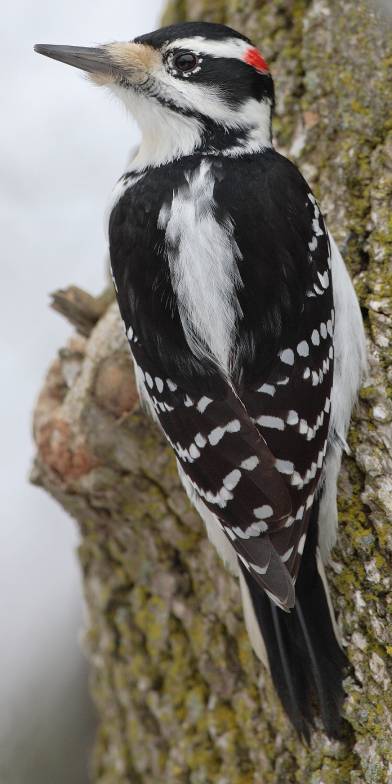
Hairy Woodpecker
- Color: Sblack and white, males have a small red patch on head
- Diet: insects
- Lifespan: 5 years
- Habitat: woodlands and forests
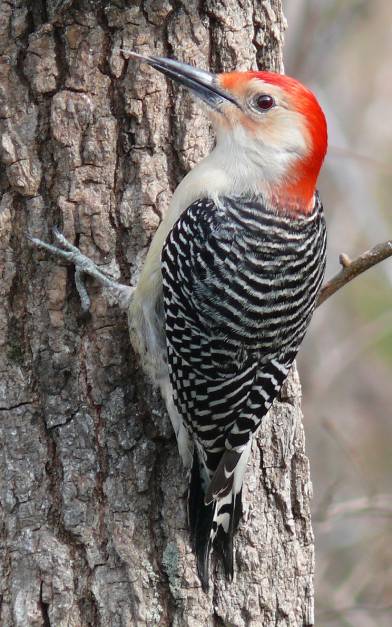
Red-bellied Woodpecker
- Color: bright red stripe over top and back of head, white patches on wings
- Diet: beetles and insects
- Lifespan: 12 years
- Habitat: woodlands and forests
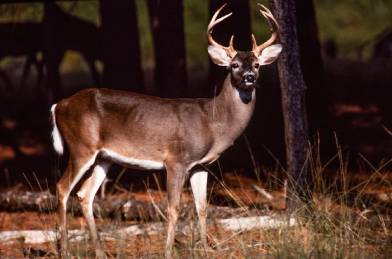
White-Tailed Deer
- Color: gray-brown in the winter, red-brown in the Spring
- Diet: herbivore
- Lifespan: 5 years.
- Habitat: woodlands areas
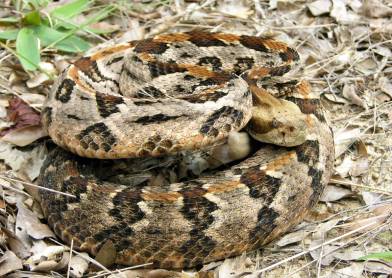
Canebrake Rattlesnake
- Color: gray with brown stripes
- Diet: carnivores
- Lifespan: 10-15 years
- Habitat: edges of marshes, swamps, etc.

Alligator
- Color: olive, brown, gray or black
- Diet: fish, turtles, mammals
- Lifespan: 30-50 years.
- Habitat: freshwater ponds, marshes, etc.
Flora
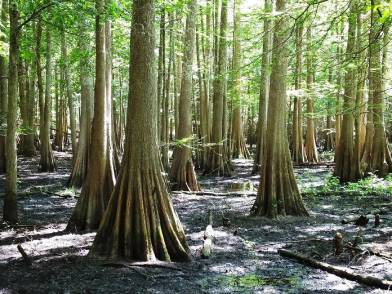
Bald Cypress Tree
- Wide trunk, redish bark with ridges
- Leaves alternate with flat blades
- Seeds green and globular
Contact SCDNR Community Engagement
Contact SCDNR Community Engagement at 803-734-3729, en Español al 803-734-9885. For email inquiries or to sign up for our newsletter, contact us at: informacion@dnr.sc.gov.


The South Carolina Department of Natural Resources prohibits discrimination on the basis of race, gender, color, national origin, religion, disability or age. Direct inquiries to the Office of Human Resources, P.0. Box 167, Columbia, S.C. 29202.

